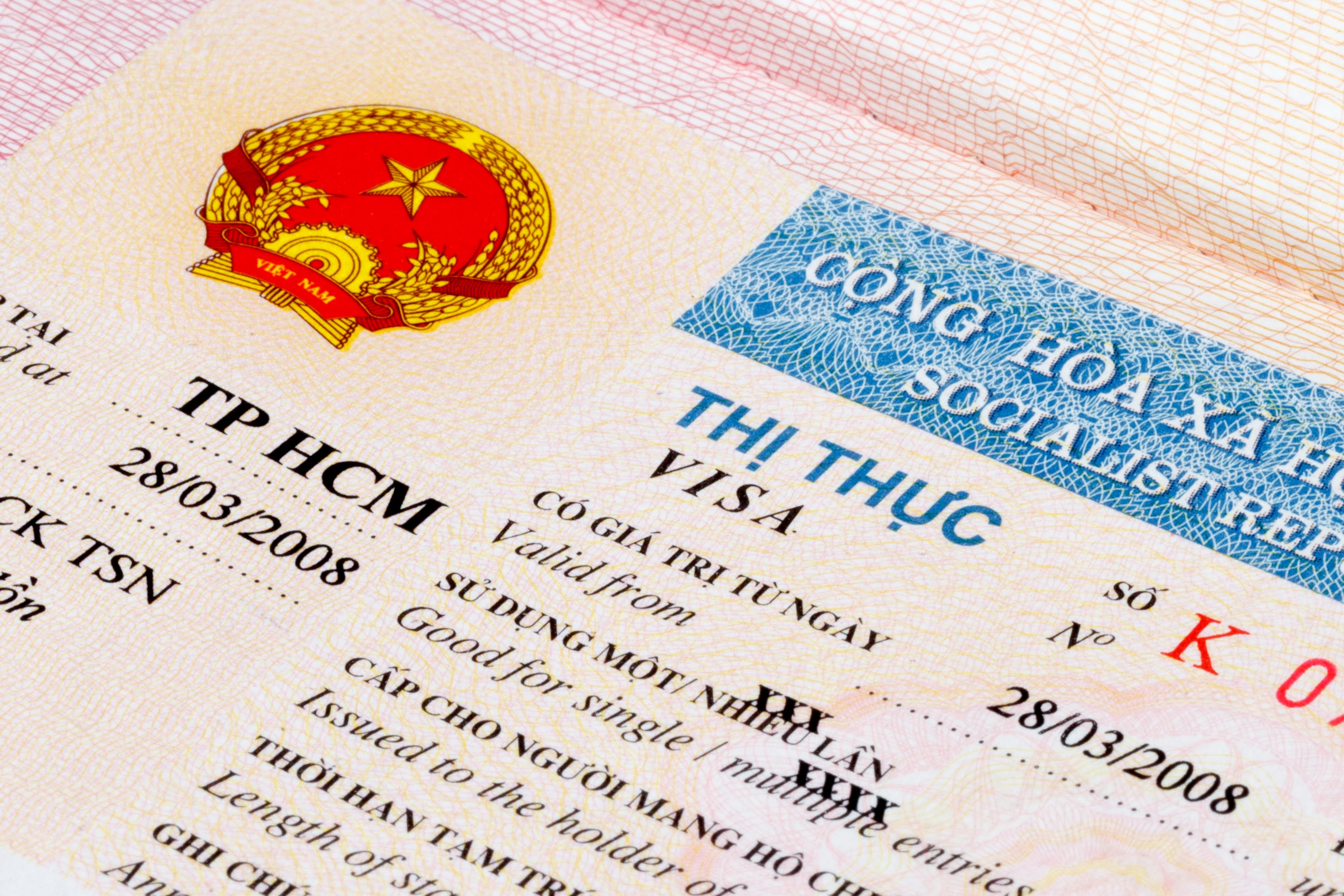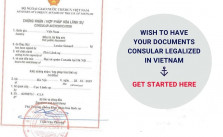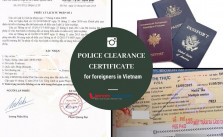Vietnam Visa Requirements Overview
If you’re planning to visit Vietnam, one of the most important things you need to consider is your visa requirements. The process of obtaining a Vietnam visa can be complicated, but with the right information and guidance, it doesn’t have to be. In this article, we’ll explain everything you need to know about Vietnam visa requirements, including the different types of visas, exemptions, processing times, fees, and common mistakes to avoid.

Travel Document for Vietnam Visa Application
Before we dive into the specifics of Vietnam visa requirements, let’s first discuss the travel document you’ll need to apply. Most travelers will need a passport that is valid for at least six months from the date of entry into Vietnam. Additionally, you may also need to provide other supporting documents, such as an invitation letter or proof of onward travel.
Visa Types for Entering Vietnam
There are several types of visas available for entering Vietnam, depending on the purpose and length of your stay. These include:
- Tourist visa: This type of visa is typically valid for 30 days and allows for single or multiple entries.
- Business visa: If you’re traveling to Vietnam for business purposes, you’ll need a business visa, which is valid for up to 12 months and allows for multiple entries.
- Work permit: If you’re planning to work in Vietnam, you’ll need a work permit in addition to a business visa.
- Student visa: If you’re planning to study in Vietnam, you’ll need a student visa, which is valid for up to 12 months and allows for multiple entries.
It’s important to note that the visa application process and requirements may vary depending on the type of visa you’re applying for.
Visa Exemptions for Entering Vietnam
While most travelers will require a visa to enter Vietnam, there are some exemptions to be aware of. Citizens of certain countries may be eligible for visa exemptions, which allow them to enter and stay in Vietnam for a limited period without a visa. For example, citizens of ASEAN countries (Association of Southeast Asian Nations) can enter Vietnam without a visa for up to 30 days.
Vietnam Visa Exemption countries
As of January 2022, regular passport holders of 25 countries DO NOT need a visa for Vietnam. Here is the full list of Vietnam visa free countries:
| No. | Country | Maximum visa-free duration | Applicable purpose of visit (if any) |
| 1 | Chile | 90 days | Entries that do not include remunerated activities |
| 2 | Panama | 90 days | Entries that do not include remunerated activities |
| 3 | Cambodia | 30 days | Not mentioned |
| 4 | Indonesia | 30 days | Not mentioned |
| 5 | Kyrgyzstan | 30 days | Not mentioned |
| 6 | Laos | 30 days | Not mentioned |
| 7 | Malaysia | 30 days | Tourism, attending press, conference/coverage, official duty, visiting relatives, business negotiation, investment, sports, or attending seminars or conferences |
| 8 | Singapore | 30 days | Entries that do not include remunerated activities |
| 9 | Thailand | 30 days | Not mentioned |
| 10 | Philippines | 21 days | Not mentioned |
| 11 | Brunei | 14 days | Not mentioned |
| 12 | Myanmar | 14 days | Visiting only |
| 13 | Belarus | 15 days | Not mentioned |
| 14 | Denmark | 15 days | Not mentioned |
| 15 | Finland | 15 days | Not mentioned |
| 13 | France | 15 days | Not mentioned |
| 17 | Germany | 15 days | Not mentioned |
| 18 | Italy | 15 days | Not mentioned |
| 19 | Japan | 15 days | Not mentioned |
| 20 | Norway | 15 days | Not mentioned |
| 21 | Russia | 15 days | Not mentioned |
| 22 | South Korea | 15 days | Not mentioned |
| 23 | Spain | 15 days | Not mentioned |
| 24 | Sweden | 15 days | Not mentioned |
| 25 | United Kingdom (Not applicable to BNO) | 15 days | Not mentioned |
Duration of Stay Allowed for Vietnamese Visas
The duration of stay allowed for Vietnamese visas depends on the type of visa you have. Tourist visas typically allow for stays of up to 30 days, while business visas can allow for longer stays of up to 12 months.
Entry and Exit Points for Vietnamese Visas
When applying for a Vietnamese visa, you’ll also need to specify your entry and exit points. This means you’ll need to know which airports, seaports, or land borders you’ll be entering and leaving Vietnam through. It’s important to note that some entry and exit points may not accept certain types of visas, so it’s important to do your research ahead of time.
Vietnamese Visa Application Procedures
The specific procedures for applying for a Vietnamese visa can vary depending on your country of origin and the type of visa you’re applying for. However, in general, you’ll need to provide the following:
- A completed visa application form
- A passport-sized photo
- A copy of your passport
- Payment of the visa fee
You may also need to provide additional supporting documents depending on the type of visa you’re applying for. It’s important to carefully review the requirements before submitting your application.
Processing Time and Fees for Vietnamese Visas
The processing time and fees for Vietnamese visas can vary depending on several factors, including the type of visa, the length of stay, and the processing method. In general, it’s best to apply for your visa well in advance to allow for any potential delays.
Vietnam E-visa Program
In an effort to simplify the visa application process, Vietnam has introduced an e-visa program that allows travelers to apply online for a visa. This program is available for citizens of certain countries and allows for stays of up to 30 days. The application process typically takes around three days, and the visa fee must be paid online using a credit or debit card.
Common Mistakes in Applying for Vietnamese Visas
There are several common mistakes that travelers make when applying for Vietnamese visas, which can result in delays or even a denied visa. These include:
- Failing to provide all required supporting documents
- Applying for the wrong type of visa
- Providing incorrect information on the application form
- Waiting until the last minute to apply
To avoid these mistakes, it’s important to carefully review the requirements and instructions before submitting your application.
Conclusion
Obtaining a Vietnam visa may seem daunting, but with the right information and preparation, it doesn’t have to be. By understanding the different types of visas, exemptions, processing times, fees, and common mistakes to avoid, you can ensure a smooth and hassle-free travel experience to Vietnam.



